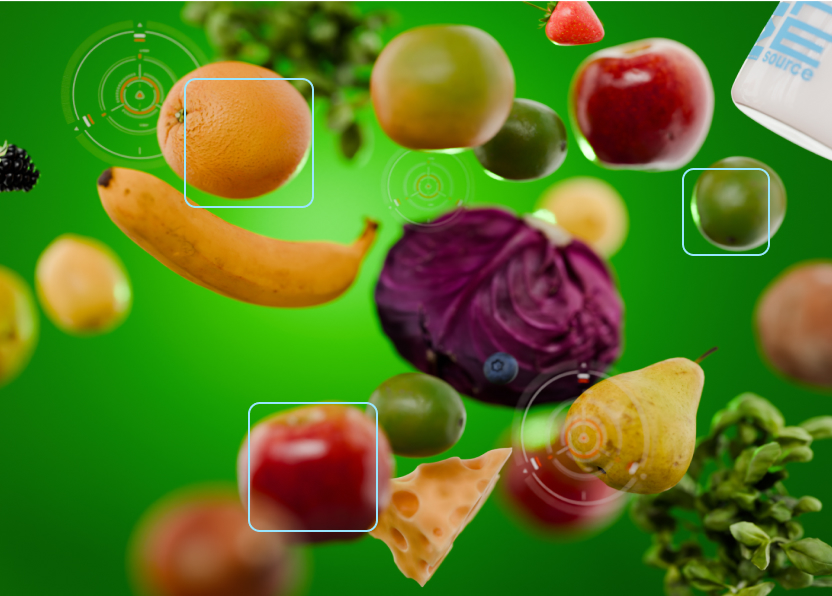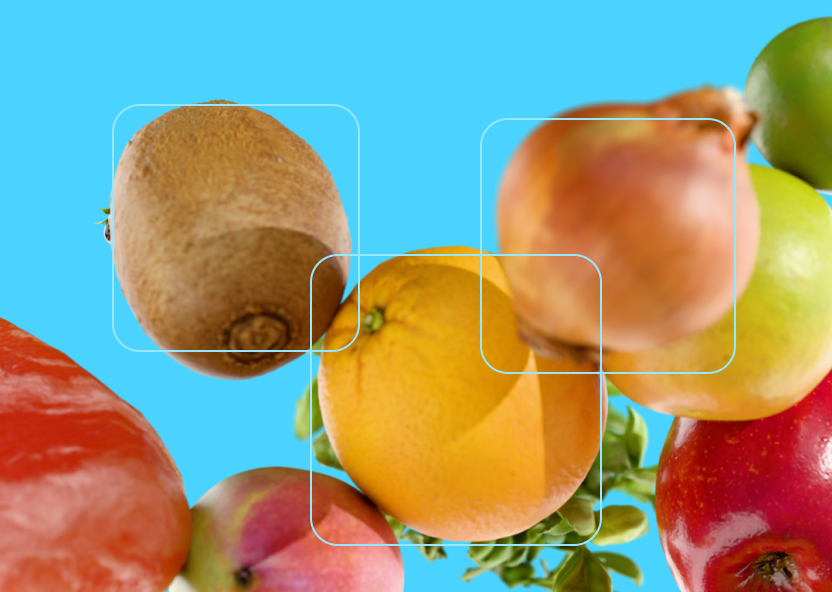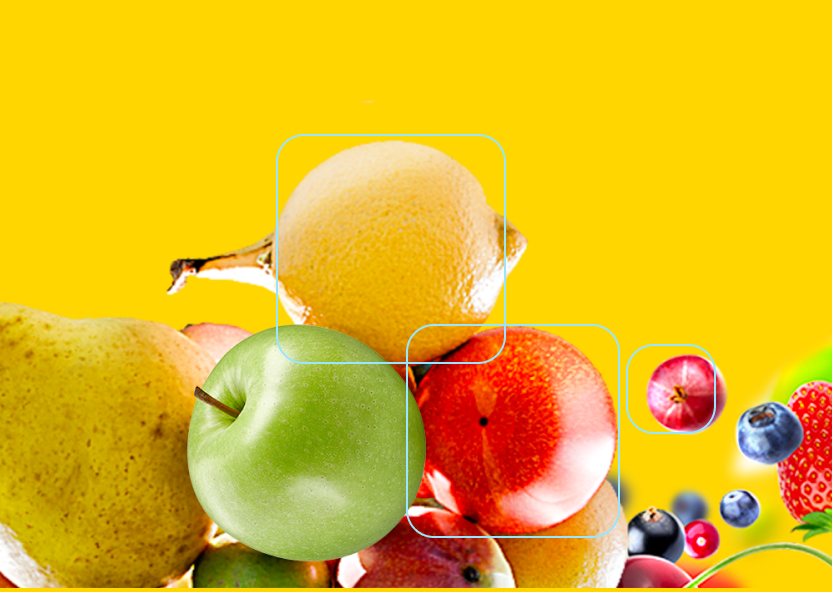How to Eliminate Price Renegotiations & Rejections in Fresh Produce Sales
- Quality Control App

Every year, billions of dollars are lost in the fresh produce supply chain due to rejected shipments and last-minute price renegotiations. According to industry data, rejected fresh produce accounts for nearly 12% of all shipments globally, leading to lost sales, wasted inventory, and strained relationships.
At the heart of this problem lies inconsistent quality expectations between buyers and sellers. What looks like a high-quality product to the seller might not meet the buyer’s standards, sparking frustrating negotiations or outright rejections upon delivery.
Standardized, data-backed quality inspections. By creating a shared, objective understanding of produce quality, sellers can prevent costly disputes before they arise.
Let’s dive into the true cost of quality mismatches and how Clarifresh helps eliminate them.
The Hidden Costs of Quality Mismatches in Fresh Produce
When quality expectations aren’t aligned, the entire production process suffers, from the farm to the distribution center.
- Financial losses: Rejected shipments force sellers to scramble for alternative buyers, often at heavily discounted prices. Even accepted loads can lead to markdowns, slicing into already-thin margins.
- Operational chaos: Re-routing rejected shipments creates logistical headaches. Emergency sourcing to meet customer expectations adds more pressure and costs.
- Damaged relationships: Repeat issues erode trust. Buyers might hesitate to place future orders, fearing another mismatch in product quality.
Inconsistent inspections fail to ensure quality at the level customers expect, creating a ripple effect throughout the supply chain. Aligning on clear quality requirements is essential to cutting into this industry-wide problem.
Why Last-Minute Price Renegotiations Hurt Profitability
Fresh produce sales depend on trust and timing. But all too often, sellers face price renegotiations driven by subjective quality assessments:
- Visual-only inspections: Human-led inspections rely heavily on visual cues, which can be inconsistent and subjective.
- Late-stage checks: Inspections that happen only when goods are en route — or worse, upon arrival — leave no room for corrective action.
- Communication breakdowns: Misunderstandings between buyers and sellers about the expected quality lead to disputes.
- Power imbalances: Larger buyers may push price renegotiations, leaving sellers with little room to negotiate, especially if customer service or delivery deadlines are at stake.
These challenges erode predictability and profitability. Sellers forced into reactive negotiations see shrinking margins, unpredictable revenue, and the constant strain of defending their product or service value. Over time, chronic renegotiations wear down business relationships, turning what should be trusted partnerships into transactional battlegrounds.
Quality Control vs. Quality Assurance: Understanding Where Responsibility Lies
When price renegotiations and shipment rejections happen, the impact on profitability is immediate and painful. Missed revenue, strained buyer relationships, and wasted inventory: these are all symptoms of a breakdown in quality management. But to fix the problem, you need to understand where accountability sits: Quality Control (QC) or Quality Assurance (QA)?
The distinction matters because it defines both your point of intervention and your long-term improvement strategy.
- Quality Assurance (QA) works upstream, focusing on designing processes that ensure products consistently meet customer expectations. From product design and handling procedures to temperature control and harvest timing, QA is about prevention.
- Quality Control (QC) operates on the frontline, inspecting the finished product or work-in-progress to catch defects before they reach the buyer.
When rejections and renegotiations occur, it’s QC that holds the immediate responsibility. If produce leaves the facility with undetected defects or poorly communicated quality results, that’s a QC gap. But when these issues repeat over time, it reveals shortcomings in QA, meaning the production process isn’t delivering reliable outputs.
This is exactly where Clarifresh strengthens operations. By giving QC teams objective, data-backed inspection tools, Clarifresh ensures issues are identified early, clearly documented, and transparently shared with buyers. Even better, these insights loop back into QA, enabling continuous improvement across the production process.
Creating Transparency Through the Right Type of Inspection: Data-Backed, Flawlessly Accurate
Clarifresh transforms the traditional quality control process into a standardized, objective, and data-driven experience.
Here’s how:
- Objective, image-based inspections: Clarifresh uses AI-powered imaging and scanning to evaluate external and internal produce quality, eliminating guesswork.
- Instant reporting: Sellers receive real-time, data-backed quality reports that detail specific attributes such as color, size, defects, and ripeness.
- Pre-shipment sharing: These reports can be instantly shared with buyers before goods leave the warehouse, ensuring full transparency.
- A common language for quality: Clarifresh creates a consistent framework for quality requirements, bridging the gap between quality control vs. quality assurance expectations.
Key features like customizable inspection parameters, cloud-based dashboards, and easy data export ensure that every party speaks the same language.
It’s this common language of quality that enables greater confidence on both sides of the deal, fewer disputes, and smoother transactions from the production line to the customer.
Real-Time Quality Control Solutions That Prevent Rejections
By embedding Clarifresh’s technology directly into the production process, sellers gain powerful early warning systems to prevent last-minute surprises.
- Early issue detection: Real-time monitoring spots deviations from quality requirements before products ship, allowing corrective actions in advance.
- Proof in disputes: Objective documentation serves as a reliable reference in the event of disagreements.
- Better negotiating position: With proactive quality assurance, sellers can confidently stand by their high quality products, reducing the need for reactive price cuts.
We’ve seen large fresh produce organizations cut rejections and renegotiations by 20% or more, by adopting Clarifresh’s real-time quality control data platform. Once data is always fresh, accurate and trustworthy, companies can easily pinpoint where things are going wrong in the supply chain. They can also enter every renegotiation with hard, objective information.
Continuous improvement is built into the system, helping sellers improve product quality batch after batch while ensuring that products meet customer expectations consistently.
Implementing Standardized Quality Inspections: Quick Ramp-Up, High ROI
Getting started with Clarifresh is straightforward, with a fast time-to-value:
- Assessment: Clarifresh maps your current production processes and identifies inspection points.
- Setup: The platform integrates easily with your ERP, enabling automated, centralized inspection data quality.
- Training: Teams are onboarded quickly with intuitive tools and clear guidance.
- Go-live: Real-time monitoring and reporting start immediately, delivering instant insights.
Smarter Features for Even Stronger Quality Control
Clarifresh’s latest updates make it even easier for sellers to ensure quality and reduce the risk of last-minute surprises. With improvements designed especially for small and medium-sized businesses, the platform now delivers even greater transparency, control, and speed across the production process.
- Crystal-clear QC reports: Defects are now displayed front and center in every report, with clear visuals and data breakdowns. Sellers can quickly spot issues and ensure that products meet agreed quality requirements before they ship — reducing the risk of disputes and rejected finished products.
- Preloaded quality specifications: For businesses looking to improve product consistency, Clarifresh now offers basic specs for different produce categories. These built-in guidelines give teams a strong starting point, which can be easily customized to align with customer expectations and production line needs.
- Simplified process builder: Complex inspections, like computer vision steps, have been streamlined for greater ease of use. This ensures quality control processes remain accessible and accurate, even for fast-moving production environments.
- Smarter search and filtering: Upgraded filters and AI-powered search functions allow teams to track quality control reports, defects, and attributes with precision, supporting continuous improvement and fast responses to quality concerns.
Clarifresh clients typically see positive ROI within a single season. Beyond direct financial and operational gains, they also gain peace of mind knowing that they now have the capacity to deliver high quality products.
Slash Rejections With a Modern, AI-Powered Quality Control Process
Quality mismatches, rejections, and price renegotiations have long plagued the fresh produce industry.
But they don’t have to. By standardizing the quality control process with Clarifresh, sellers can eliminate these costly pain points, build trust with buyers, and protect their profitability.
The future of fresh produce quality inspections is clear, data-driven, and collaborative. Ready to experience it for yourself? Schedule a demo of the Clarifresh platform to learn more.



